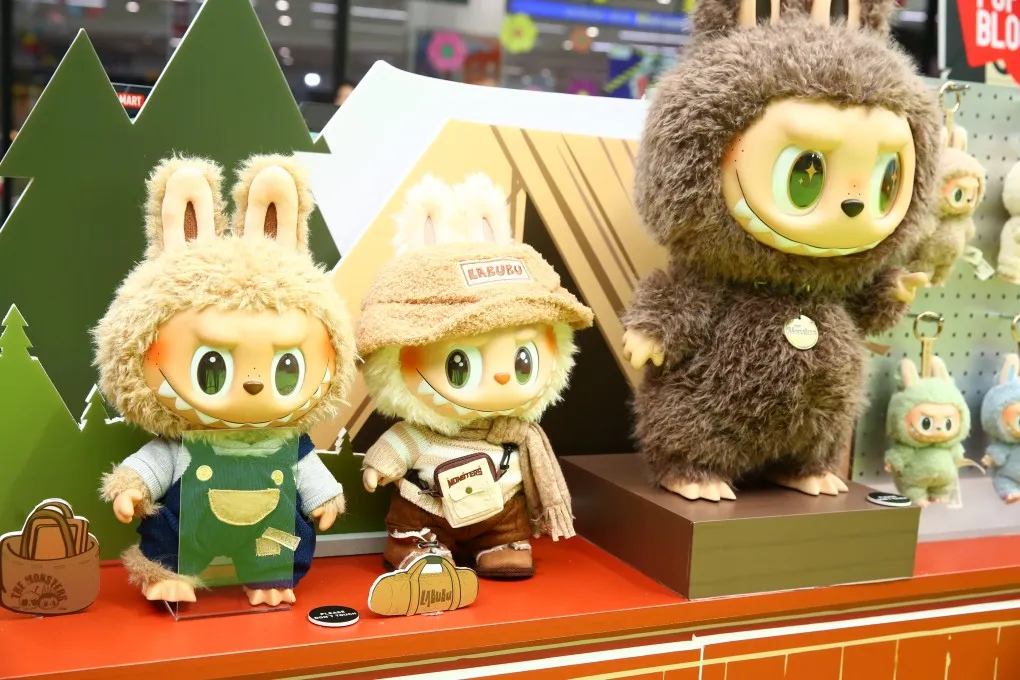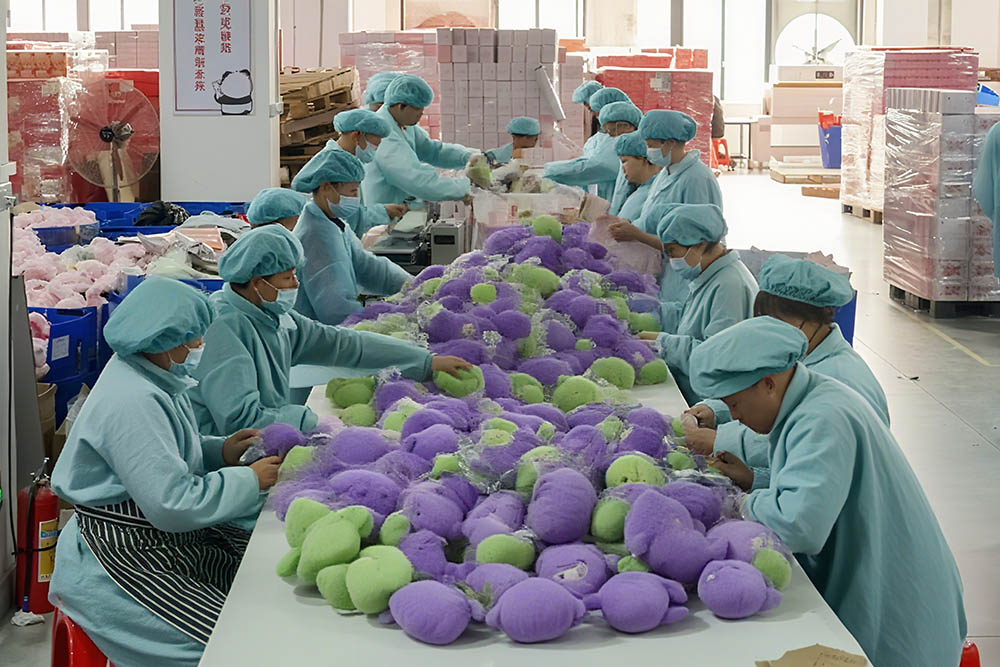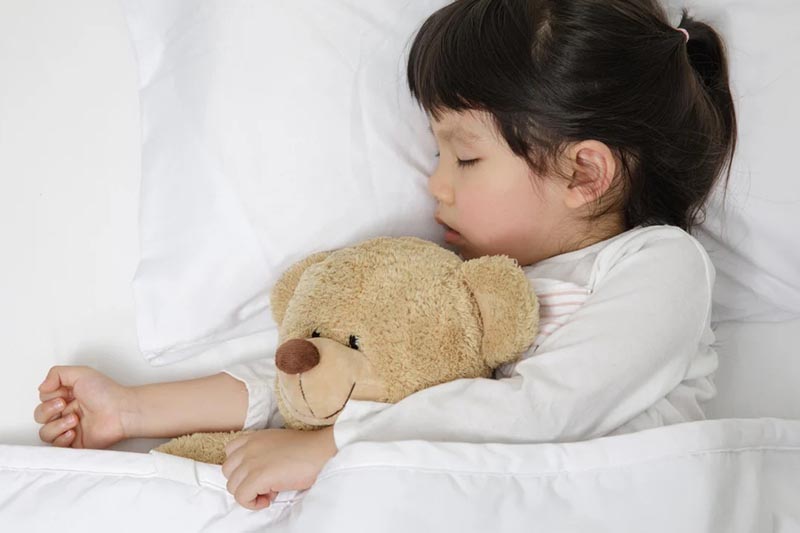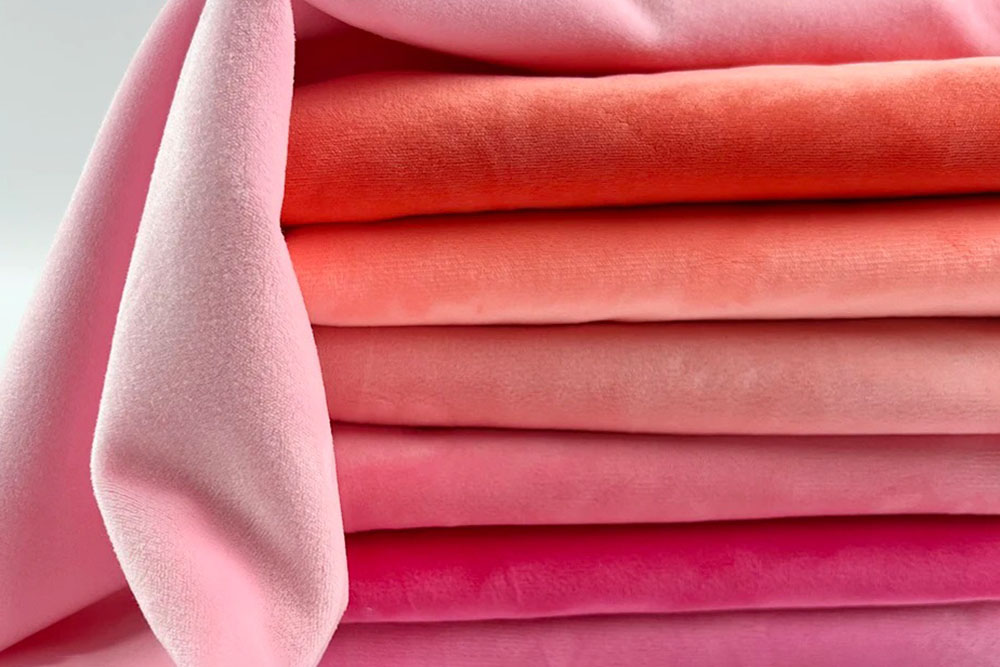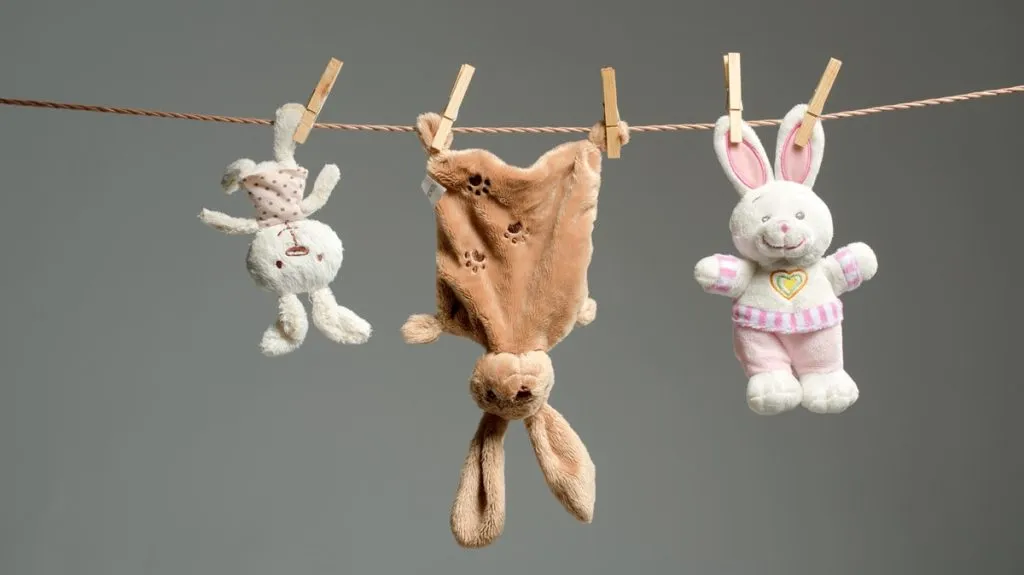Short plush fabrics shape the touch, look, safety, and cost of plush toys. Picking the right type drives sell-through and margins.
Short plush fabrics include regular short plush, velboa, crystal short plush, printed short plush, embossed short plush, and recycled short plush. Each option differs in pile length, GSM, hand feel, wash care, print compatibility, and price tier. Understanding these differences lets you match fabric to target users, compliance needs, and sales channels, reducing returns and increasing lifetime value.
Below is a clear, factory-level guide to help you choose with confidence.
1) Regular Short Plush – What Are Its Basic Features and Best Uses?

Regular short plush is the “safe bet” for mass retail, gifts, and promotions. It balances softness, durability, and cost for predictable scaling.
Regular short plush uses a 1–3 mm pile with medium density. It cuts and sews cleanly, resists pilling, and supports embroidery and simple prints. For price-sensitive projects that still need a pleasant hand feel and EN71/ASTM compliance, this is often the fastest way to launch.
When you need steady quality across thousands of units, regular short plush keeps production risk low. The pile is short enough to avoid trapping dust, which helps with hygiene claims and easy cleaning—key for parents and pet owners. On the line, it behaves well: minimal stretch, clean edges after cutting, and stable stitch appearance. That means fewer rejects at in-line QC and better carton consistency at final inspection.
From a branding angle, the surface reads color accurately, so Pantone matching on dyed lots is reliable. Embroidery for faces or logos sits flat and sharp. If you plan to mix techniques—say, printed belly patches plus embroidered eyes—this fabric handles both without telegraphing seam lines.
Lead times are predictable because mills stock common weights (typically 180–260 GSM). You can secure faster replenishment for reorders and avoid air-freight premiums. For markets like Amazon or Walmart where reviews hinge on “soft but not cheap-feeling,” regular short plush hits the balance when you spec mid-density fiber and a brushed finish.
Care is straightforward: cold or warm wash, gentle cycle, low-heat tumble or air dry. Shrinkage is low if heat setting is done correctly at the mill. For safety, we pair it with polyester filling and reinforce stress points at limbs to pass tension tests. If you sell into pet channels, we recommend denser backing and tighter stitch per inch to resist rough play.
| Spec / Feature | Typical Value / Note | Buyer Benefit |
| Pile length | 1–3 mm | Clean look; easy embroidery |
| GSM range | 180–260 GSM | Stable hand feel across lots |
| Print/Embroidery | Solid, heat-transfer OK; embroidery sharp | Flexible branding |
| Price tier | $ (economy to mid) | Strong margin in mass retail |
| Best for | Dolls, animals, promos, e-commerce | Fast scale, low defect risk |
2) Velboa – Why Is It the Workhorse for High-Volume Programs?

Velboa is the volume champion. It is light, tough, and cost-efficient for licensed programs, giveaways, and seasonal pushes.
Velboa uses a very short knit pile (≈1–2 mm) with a firm backing. It resists pilling, prints crisply, and sews fast. When deadlines are tight and cartons are big, velboa keeps unit cost and defect rate low without sacrificing shelf appeal.
If your brief is “10,000+ units, on time, on budget,” velboa is usually first to quote. The fabric feeds smoothly through auto-cutters and multi-head embroidery machines, so takt time drops and throughput climbs. Its backbone is a stable knit; panels hold shape, so face symmetry stays consistent from sample to PPS to mass production—critical for star ratings online.
Color control is excellent. Velboa takes disperse dyes well and works with heat-transfer prints for logos or patterns. For licensed characters, clean edges on facial outlines matter; velboa’s low pile avoids fuzzy borders. It also supports satin stitches for small details without sinking the thread.
Durability is a top reason brands choose it: the short pile won’t mat quickly, and after standard wash tests, the surface looks neat. For promotions, you protect CPA because returns stay low. For retail, the hand feel is slightly less plush than crystal short plush, but most consumers accept it, especially at entry price points.
QC tips: request pilling tests and seam slippage checks at pre-production; specify stitch density (e.g., 10–12 SPI on main seams) and double-needle reinforcement at arms. With these controls, velboa toys pass pull tests and look uniform across cartons.
| Spec / Feature | Typical Value / Note | Buyer Benefit |
| Pile length | ~1–2 mm | Crisp embroidery, sharp printing |
| GSM range | 160–230 GSM | Light weight → lower freight |
| Print compatibility | Heat-transfer / sublimation friendly | Fast artwork turnarounds |
| Price tier | $ (economy) | Aggressive SRP possible |
| Best for | Mass retail, promos, licensed SKUs | Scale + consistency |
3) Crystal Short Plush – What Delivers the “Silky Soft” Premium Feel?

Crystal short plush brings a silky, luminous touch that upgrades perceived value on shelf and unboxing.
With a 2–5 mm dense pile and brushed finish, crystal short plush looks glossy and feels luxurious. It suits baby plush, gift lines, and hero SKUs where hand feel drives conversion and justifies higher SRP.
Consumers equate softness with quality. Crystal short plush converts window shoppers to buyers because the first touch is “wow.” The denser pile reflects light evenly, so colors pop in photography and videos—great for social ads and PDPs. In hand, it compresses smoothly and rebounds well if the mill heat-sets correctly.
Production notes: longer pile needs sharper blades and calibrated pile direction during cutting to avoid panel shading. We mark nap direction on markers and maintain same-nap assembly to ensure even sheen across the toy. Embroidery sits slightly deeper; we compensate with underlay and tighter tension, producing crisp eyes and mouths without “sinking.”
Care matters for infant lines. We spec colorfast dyes and run washing tests to confirm no bleed onto light apparel. To keep the surface cloud-soft after laundering, we recommend gentle cycle and air dry or low-heat tumble. For stuffing, a finer denier polyester fiber pairs best; it preserves the “hug” without lumping.
Commercially, crystal short plush supports premium bundles: plush + gift box + card. Buyers can push higher AOV and still keep healthy margins. For elevated retail, combine with velvet accessories or foil-stamped hangtags to complete the premium story.
| Spec / Feature | Typical Value / Note | Buyer Benefit |
| Pile length | 2–5 mm | “Silky” hand feel |
| GSM range | 220–300 GSM | Plush body; premium perception |
| Embroidery behavior | Needs underlay/tension control | Sharp details without sinking |
| Price tier | $$ (mid-premium) | Higher SRP justified |
| Best for | Baby/gift, hero SKUs, social commerce | Touch-led conversion |
4) Printed Short Plush – How Do We Unlock Design Freedom Without Cost Spikes?

Printed short plush lets you tell stories in color—stripes, spots, logos, gradients—without complex paneling.
We print on short plush (usually velboa or regular short plush base) via heat-transfer, sublimation, or rotary printing. This delivers vivid artwork, reduces seam count, and speeds assembly. Perfect for licensed IPs, seasonal ranges, and branded campaigns.
Artwork carries your brand. Printing allows high-impact visuals with fewer parts, which shortens operator time and stabilizes COGS. For animal patterns, gradients, or face graphics, we position prints to line up with darts and seams, so the character look stays faithful from sample to mass run.
Method selection: heat-transfer is fast for mid volumes and delivers sharp edges; sublimation excels on polyester-rich bases with brilliant color depth; rotary is efficient for very large repeats. We proof with strike-offs, then lock Pantones at PPS. During cutting, we use printed markers to align features—eyes, belly spots—so assembly teams hit symmetry targets.
Durability depends on ink system and finishing. We run wash tests (30–40 °C) and rub tests to ensure no lift or smear. For baby categories, we keep to certified inks and confirm compliance documentation. When you want both print and embroidery (for a premium face), we plan embroidery paths to avoid visible registration mismatches.
Printed short plush is a margin lever: fewer appliqués, fewer seams, faster lines. It also reduces error points. For DTC, it helps differentiate fast—limited colorways and seasonal drops become practical without re-engineering patterns.
| Spec / Feature | Typical Value / Note | Buyer Benefit |
| Base fabric | Velboa / regular short plush | Stable platform for prints |
| Print methods | Heat-transfer / sublimation / rotary | Pick for volume & color needs |
| Alignment control | Printed markers + notches | Consistent faces at scale |
| Price tier | $–$$ (by method & coverage) | Predictable COGS, faster builds |
| Best for | Licensed, seasonal, brand promos | High visual impact, low risk |
5) Embossed Short Plush – How Do Textures Elevate Perceived Value Instantly?

Embossing adds depth you can see and feel—dots, waves, logos—without extra trims.
Using heat and patterned rollers, we imprint relief textures on short plush. The result is a premium surface that hides wear, photographs beautifully, and reduces the need for added accessories or stitching complexity.
Texture sells. Embossed short plush turns a simple shape into a rich object. The relief catches light, creating contrast that looks premium on shelf and in lifestyle shots. For baby lines, gentle dot or cloud patterns communicate softness and calm. For brand programs, subtle logo embossing adds ownership without loud printing.
Process control is key. We select a base with stable knit and medium pile so the relief holds after washing. During embossing, we set temperature, pressure, and dwell time to “fix” the pattern without crushing the hand feel. PPS includes wash, rub, and recovery tests to confirm the texture bounces back.
In production, embossed surfaces help QC too: minor scuffs or handling marks are less visible than on flat plush, so cartons land more consistently at destination. Cost-wise, you pay for the emboss step, but you save on additional appliqués, trims, or heavy embroidery. On assembly, fewer decorative pieces mean fewer operator minutes and fewer failure points.
Marketing teams love embossed plush for gift-ready sets. Pair with simple embroidery and premium packaging to push SRP. For e-commerce, the texture reads clearly in photos, improving CTR and conversion.
| Spec / Feature | Typical Value / Note | Buyer Benefit |
| Pattern types | Dots/waves/logo relief | Premium look without trims |
| Hand feel | Soft, resilient | Retains shape after washing |
| Added cost vs savings | +Emboss step; −trims/ops time | Net-neutral or better margins |
| Price tier | $$ (mid) | Higher perceived value |
| Best for | Baby/gift, brand lines, décor | Visual depth, fewer returns |
6) Recycled Short Plush (RPET) – How Do You Go Green Without Losing Softness?

Recycled short plush turns bottles into comfort. It delivers soft touch plus a credible sustainability story.
RPET short plush uses recycled polyester fibers with traceability (e.g., GRS). Hand feel is comparable to virgin short plush, while documentation supports eco claims for EU/US retail and corporate buyers.
Sustainability is now a brief, not a bonus. Recycled short plush lets you meet retailer scorecards and consumer expectations without sacrificing softness or process speed. The key is certified supply: we source from mills with chain-of-custody systems and keep batch records aligned to your SKU. For full eco stories, pair RPET fabric with RPET fiberfill and FSC packaging.
In production, RPET behaves like standard polyester plush—cutting, sewing, embroidery, and stuffing are familiar to operators. Color matching is stable; we still run lab dips and lock Pantones at PPS. For wash care, we test colorfastness and pilling as normal. If your PDP promises “eco,” we also run micro-shedding checks and provide care tips to minimize fiber release.
Commercially, recycled plush opens doors to new channels: corporate gifts with sustainability KPIs, museum shops, eco-lifestyle retailers. It also allows brand storytelling across hangtags, web pages, and packaging. While RPET carries a small material premium, many buyers offset it with reduced trims, smarter packaging, or higher SRP justified by the eco badge.
Compliance is straightforward: we attach GRS certificates, materials breakdown, and test reports (EN71/ASTM) per lot. For enterprise buyers, we can add QR traceability to packaging to show recycled content proof points—great for marketing and audits.
| Spec / Feature | Typical Value / Note | Buyer Benefit |
| Fiber source | Post-consumer PET (GRS) | Credible eco claims |
| Hand feel | Like virgin short plush | No compromise to consumer experience |
| Documentation | GRS, test reports, CoC | Retailer compliance made easy |
| Price tier | $$ (slight premium) | Higher SRP; new channels |
| Best for | EU/US retail, corporate eco programs | Brand trust + differentiation |
Choose short plush by user, channel, price tier, and story—then lock specs, tests, and care for smooth scaling.
Ready to sample each fabric, compare hand feel, and lock compliance? Email Amanda at [[email protected]] or visit [https://kinwintoys.com/]. Kinwin’s team prepares swatches, PPS, and clear quotes to launch your plush line with confidence.



